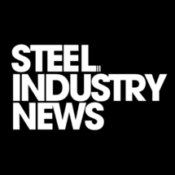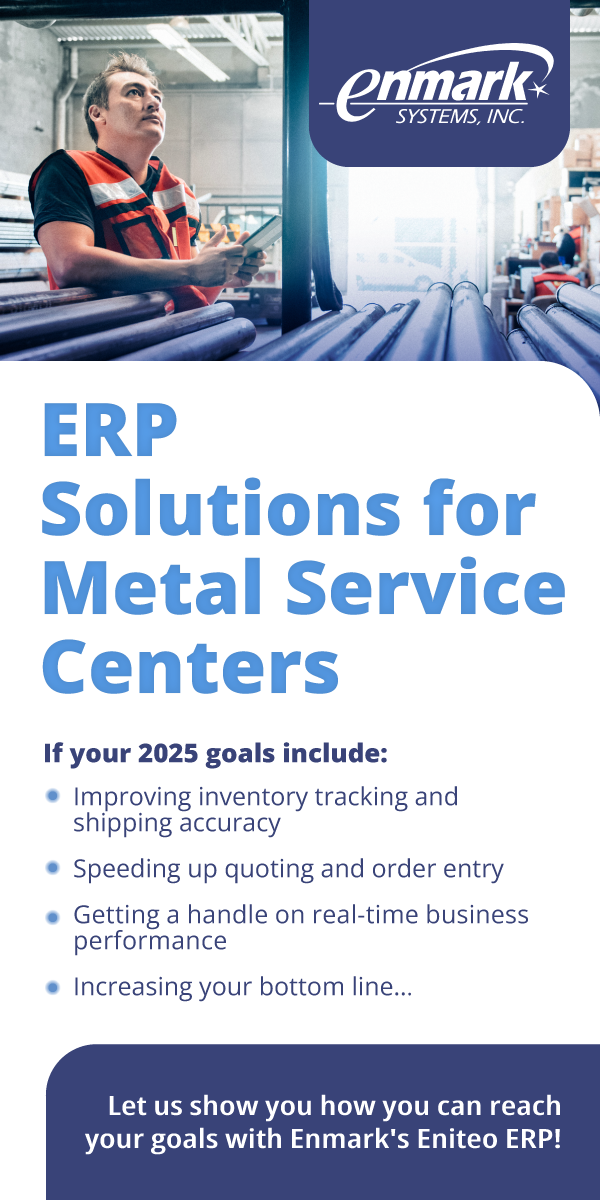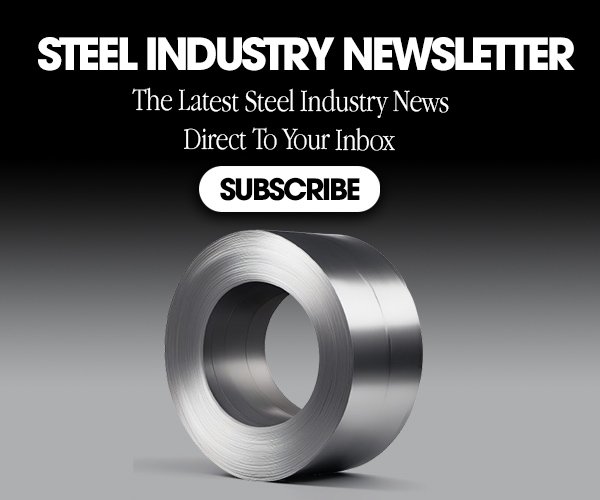This strategic pricing realignment reflects a confluence of market forces, including impending Section 232 tariff reinstatements, rising scrap costs, and shifting supply-demand dynamics. With domestic mills gaining pricing power amid reduced import competition, these developments carry significant implications for manufacturers, consumers, and the broader economy.
Recent Price Adjustments by Nucor and US Steel
The pricing strategies of America’s two steel giants reveal a coordinated approach to market conditions:
U.S. Steel Hot-Rolled Coil Pricing
- Late January 2025: $800/short ton
- February 2025: $850/short ton (6.25% increase)
Nucor HRC Pricing Timeline
| Date | Price/Short Ton | Increase |
|---|---|---|
| July 29, 2024 | $675 | +$25 |
| August 5, 2024 | $690 | +$15 |
| August 26, 2024 | $710 | +$20 |
| January 21, 2025 | $760 | +$10 |
| February 3, 2025 | $775 | +$15 |
| February 10, 2025 | $790 | +$15 |
| February 17, 2025 | $820 | +$30 |
This represents a 21.6% cumulative increase for Nucor since July 2024, outpacing broader inflation trends. The aggressive pricing reflects mills’ confidence in sustained demand from automotive and construction sectors, which account for over 60% of U.S. steel consumption 5.
Key Factors Driving Steel Price Increases
1. Impending Section 232 Tariff Expansion
The Trump administration’s February 10 executive order reinstating 25% tariffs on all steel imports under Section 232 national security provisions has fundamentally altered market calculus. Key components include:
- Elimination of exemptions for Canada/Mexico that previously allowed 4.5 million tons of tariff-free imports annually 1
- Expansion to cover derivative steel products (e.g., stamped automotive parts, steel cables)
- March 12, 2025 expiration of existing tariff exclusions
This policy shift reduces import competition by an estimated 18-22%, granting domestic mills unprecedented pricing leverage 1.
2. Scrap Cost Inflation
Ferrous scrap prices have risen 38% year-over-year due to:
- Reduced Canadian imports (75% of U.S. scrap supply) facing potential 25% tariffs 3
- Energy-intensive EAF (electric arc furnace) production costs increasing with natural gas prices
- Global scrap demand growth, particularly from Turkish mills
Nucor’s February $30/ton hike directly correlates with Midwest shredded scrap prices reaching $485/ton, their highest since Q3 2023.
3. Order Book Dynamics
Mills report order lead times extending to 10-12 weeks, compared to 6-8 weeks in 2024. This surge stems from:
- Pre-tariff stockpiling by OEMs anticipating March price jumps
- Infrastructure bill-driven demand
- Automotive sector recovery (January 2025 SAAR: 16.2 million vehicles)
As U.S. Steel CEO David Burritt stated: “When order books fill, pricing follows. We’re seeing structural demand shifts that justify sustained increases” 2.
Impact on Domestic Steel Market Dynamics
The tariff-driven import reduction has created a supply-constrained market:
U.S. Steel Import Trends
| Metric | 2024 (Pre-Tariff) | 2025 Projection |
|---|---|---|
| Total Imports (MMT) | 28.4 | 18.9 (-33.5%) |
| Canada/Mexico Share | 42% | <15% |
| Domestic Capacity Use | 78% | 89% |
This environment enables domestic mills to:
- Prioritize contract buyers over spot market sales
- Enforce strict order minimums (500+ tons for HRC)
- Reduce price transparency through negotiated pricing
It is possible HRC prices could reach $950/ton by Q2 2025 if demand maintains current trajectory .
Effects on Downstream Industries and Consumers
Manufacturing Sector Challenges
- Automotive: $6,250 potential vehicle cost increase
- Construction: Steel product costs up 19% since August 2024
- Appliances: 8-12% wholesale price hikes announced by Whirlpool/GE
Consumer Price Implications
| Product Category | Estimated Retail Increase |
|---|---|
| New Vehicles | 5% – 6% ($2,500-$7,500) |
| Home Construction | 2.5% – 5% ($5,000 – $10,000 avg home) |
| Industrial Equipment | 4% – 7% |
The Peterson Institute estimates tariffs could cost U.S. households $900 annually through direct/indirect price effects 5.
Future Outlook and Industry Predictions
- Q2 2025 Price Projections
- Base Case: $950/ton HRC
- Bull Case: $1050/ton (requires auto SAAR >16.5M)
- Bear Case: $850/ton (if tariff exemptions renegotiated)
- Strategic Responses
- Increased vertical integration (e.g., Cleveland-Cliffs acquiring scrap processors)
- Growth of “green steel” premium products (+$15-30/ton surcharge)
- Regional pricing disparities (Midwest premiums reaching $50/ton)
- Policy Wildcards
- Potential WTO challenges to expanded Section 232 tariffs
- State-level infrastructure subsidies offsetting material costs
As Nucor CEO Leon Topalian cautioned: “Market fundamentals favor disciplined pricing, but we remain vigilant about demand sustainability as rates normalize”6.
2021: Steel Price Surge Amid COVID-19 Recovery
The steel price surge in 2021 was indeed remarkable, with prices reaching unprecedented levels. In August 2020, steel prices began to rise significantly.
Specific price points during this period include:
- June 2020: Steel prices reached a low of $499 USD per ton for HRC steel.
- August 2021: Prices peaked at $1945 USD per ton for HRC Steel, marking the highest point during this period.
These price increases were driven by several factors, including:
- COVID-19 recovery and pent-up demand
- Supply chain disruptions and production constraints
- Rising raw material costs, particularly scrap prices
- China’s economic stimulus and strong domestic demand
The steel industry demonstrated resilience during this time, with prices detaching significantly from costs in a way not seen since before the 2008 Global Financial Crisis. This price surge represented a “once in a decade phenomenon,” underscoring the profound impact of COVID-19 on global steel dynamics. It is unknown how the Trump tariffs and trade conflicts will compare. The important perspective is to understand that supply and demand are not being controlled by normal market dynamics.
Conclusion: The Future of Steel Pricing in a Dynamic Market
As we navigate through 2025, the steel industry finds itself at a critical juncture, with Nucor and US Steel’s price increases setting the tone for market dynamics. These strategic moves, coupled with impending policy changes, are reshaping the landscape of steel production and consumption in the United States.
Key Takeaways:
- Consistent Price Hikes: Nucor has implemented multiple price increases since the start of 2025, with the most recent raising hot-rolled coil (HRC) prices to $820 per short ton, up $30 from the previous week. This trend indicates a strong push for higher steel prices across the board.
- Market Recovery: Despite challenges in late 2024, including a 60% decline in Nucor’s Q4 net profit, industry leaders express cautious optimism about market conditions improving in 2025.
- Tariff Impact: The reintroduction of Trump-era tariffs, set to take effect on March 12, 2025, is expected to significantly influence pricing strategies and import dynamics.
- Supply-Demand Balance: As prices increase Mills may be less willing to negotiate.
Looking Ahead:
The steel industry’s ability to sustain these price increases will depend on several factors:
- Economic Growth: Continued economic expansion and infrastructure projects could support higher steel prices.
- Global Competition: The impact of tariffs on international trade flows may reshape competitive dynamics.
- Innovation and Sustainability: Investments in new technologies and sustainable practices could differentiate producers and justify premium pricing.
As stakeholders across the supply chain adapt to this evolving landscape, the coming months will be crucial in determining whether these price increases represent a short-term adjustment or a longer-term shift in market fundamentals. For manufacturers, construction firms, and other steel-intensive industries, careful monitoring of price trends and strategic sourcing will be essential to navigate the challenges and opportunities presented by this dynamic steel market.
The steel industry’s resilience and adaptability will be put to the test as it balances the need for profitability with the pressures of global competition and changing consumer demands. As we progress through 2025, the outcomes of these pricing strategies will provide valuable insights into the health and direction of the U.S. steel industry, with potential ripple effects throughout the broader economy.
If you enjoyed this article check out some of our other recent articles on the subject:
- Dodge Momentum Index Inches Up For the 5th Consecutive Month
- Nucor Holds Steel Pricing Steady Two Months Straight
- 📘 [New Ebook] Stoicism: Ancient Philosophy Offers Modern Solutions
- Nucor Holds CSP Price Steady For Seventh Week
- U.S. Steel Imports Drop to Record Lows
Be sure to subscribe to the Steel Industry Email Newsletter for the latest steel news direct to your inbox!










